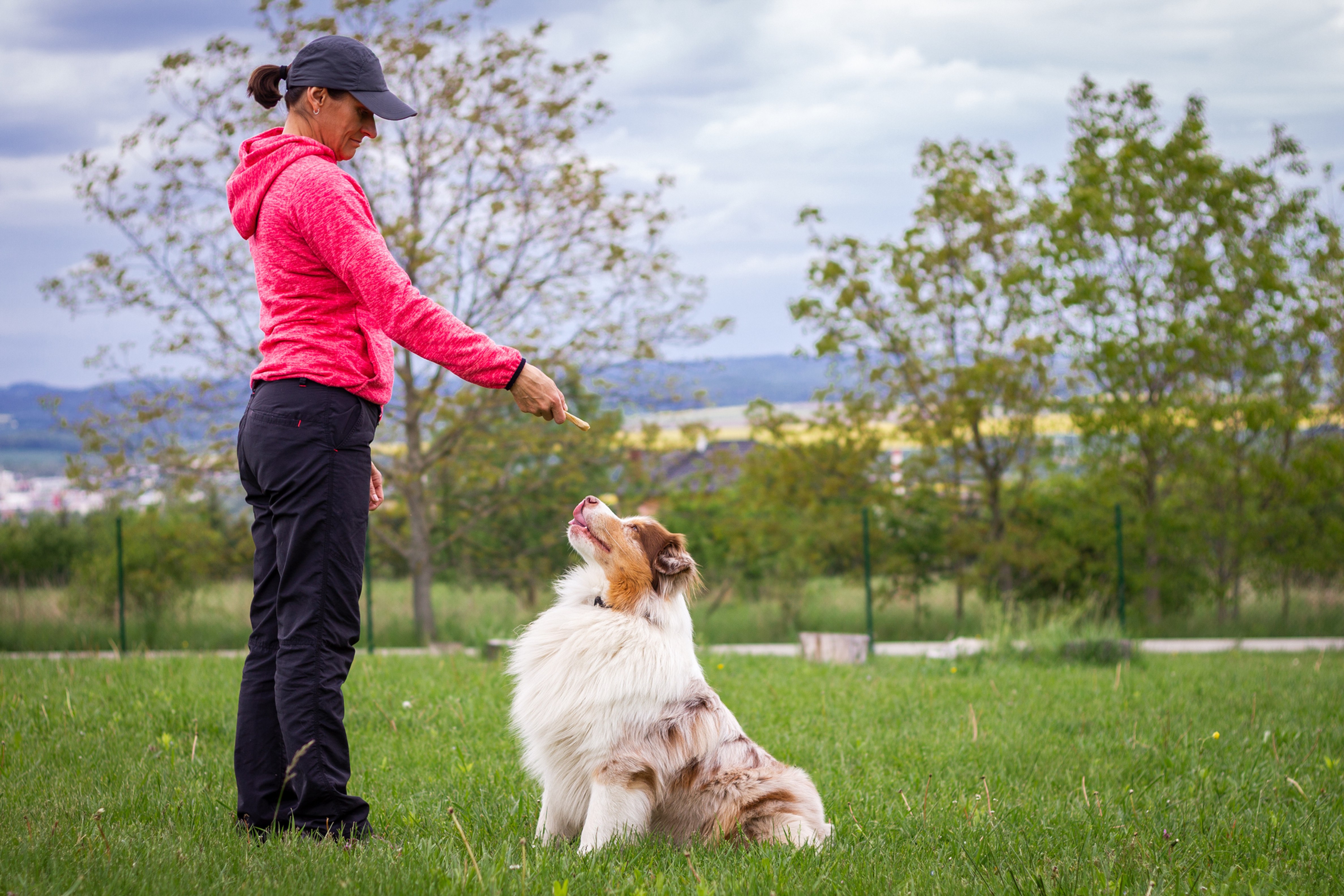Scent Training for Dogs: A Step-by-Step Guide to Getting Started
Scent training is a fascinating and useful skill that taps into your dog’s incredible sense of smell. Whether you’re looking to train your dog for fun, for practical purposes like tracking, or even for work in search-and-rescue, scent training can provide countless benefits. But how do you get started with scent training for dogs? Let’s dive into the world of canine scent work and explore how you can introduce your dog to this exciting activity.
🐾 What Is Scent Training for Dogs?
Scent training, also known as nose work, is a training technique that focuses on teaching your dog to use their sense of smell to locate specific scents or objects. Dogs have an extraordinary sense of smell, up to 100,000 times more sensitive than humans, making them ideal candidates for scent-based activities.
In scent training, dogs are taught to identify and locate particular smells, often leading to rewards or tasks like finding hidden objects, following a trail, or even alerting their handler to certain scents. This type of training can be both mentally stimulating and physically rewarding for dogs, providing them with an outlet for their energy and intelligence.

🦴 Benefits of Scent Training for Dogs
Scent training isn’t just for working dogs; it can benefit any dog, regardless of breed or age. Here are some advantages:
-
Mental stimulation: Scent work is a great way to engage your dog’s brain, especially for high-energy or intelligent dogs.
-
Improved focus: Dogs learn to concentrate on a specific task, which can help improve their overall obedience.
-
Stress relief: Nose work can be calming for dogs, especially anxious ones, by focusing their attention on a specific task.
-
Bonding: Scent training provides an opportunity for you to work closely with your dog, strengthening your bond.
:strip_icc()/jump--992416282-5c4a07efc9e77c000110c9a3.jpg)
🐶 How Do I Get Started with Scent Training?
Getting started with scent training is easier than you might think! Here’s a step-by-step guide to help you begin:
1. Choose a Suitable Scent
The first step in scent training is selecting a scent that your dog will work with. Common scents used in training include essential oils like lavender, anise, or clove, or even specific food items that your dog finds irresistible.
Tips:
-
Start with something strong and easy for your dog to identify, like a treat they love or a familiar scent.
-
Avoid using too many different scents at once to prevent confusion.

2. Introduce the Scent to Your Dog
Introduce the scent in a positive, rewarding way. You want to make sure your dog associates the scent with something fun and enjoyable.
How to do it:
-
Place the scent in a small container or cloth and show it to your dog. Let them sniff it and immediately reward them with praise or a treat when they show interest.
-
Repeat this a few times until your dog begins to recognize the scent and get excited about it.
3. Hide the Scent and Let Your Dog Search
Once your dog is familiar with the scent, it’s time to start hiding it and encouraging them to search for it.
How to do it:
-
Start by hiding the scent in an easy-to-find location, like under a blanket or behind a piece of furniture.
-
Use a command like “find it” or “search” to cue your dog to start sniffing.
-
Gradually increase the difficulty by hiding the scent in more challenging locations.
4. Reward and Repeat
When your dog successfully finds the scent, reward them with praise and treats. Consistently rewarding your dog for finding the scent will reinforce the behavior and make it more likely that they’ll keep searching.
Tips:
-
Keep sessions short to avoid overwhelming your dog.
-
Gradually make the hiding places more challenging as your dog becomes more skilled.
-
If your dog struggles, don’t be afraid to step in and guide them toward the scent.
🐕 How to Progress in Scent Training?
As your dog gets better at finding the scent, you can increase the complexity of the training. Here are some ways to advance:
-
Add more scents: Once your dog is proficient with one scent, you can introduce new scents and teach them to differentiate between them.
-
Introduce distractions: Train in environments with more distractions, like outside or in a busy room, to improve your dog’s focus.
-
Teach specific tasks: You can eventually train your dog for specific tasks like scent detection for medical purposes, search-and-rescue, or even competitive nose work.
🐾 In Summary
Scent training is a fantastic way to engage your dog’s natural instincts and provide them with both mental and physical stimulation. Whether for fun or for a specific task, scent work can be a rewarding and fulfilling activity for both you and your dog. With patience, consistency, and positive reinforcement, you can help your dog become a scent-training pro in no time!